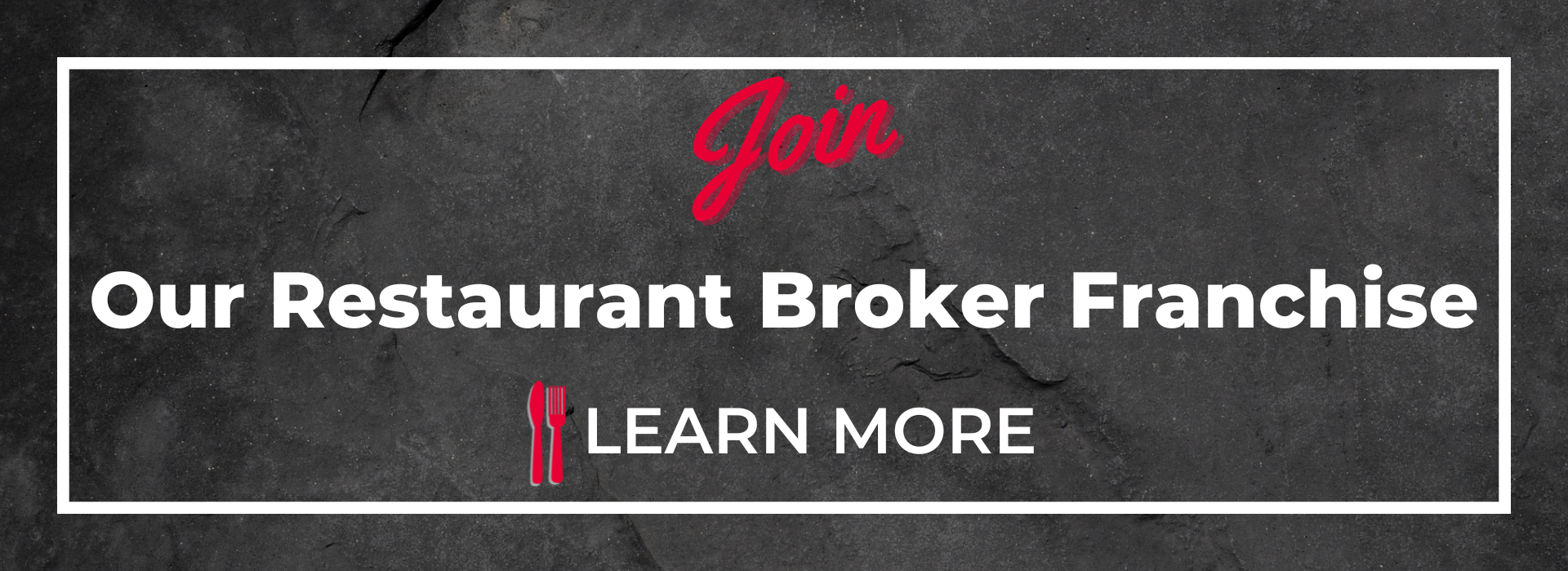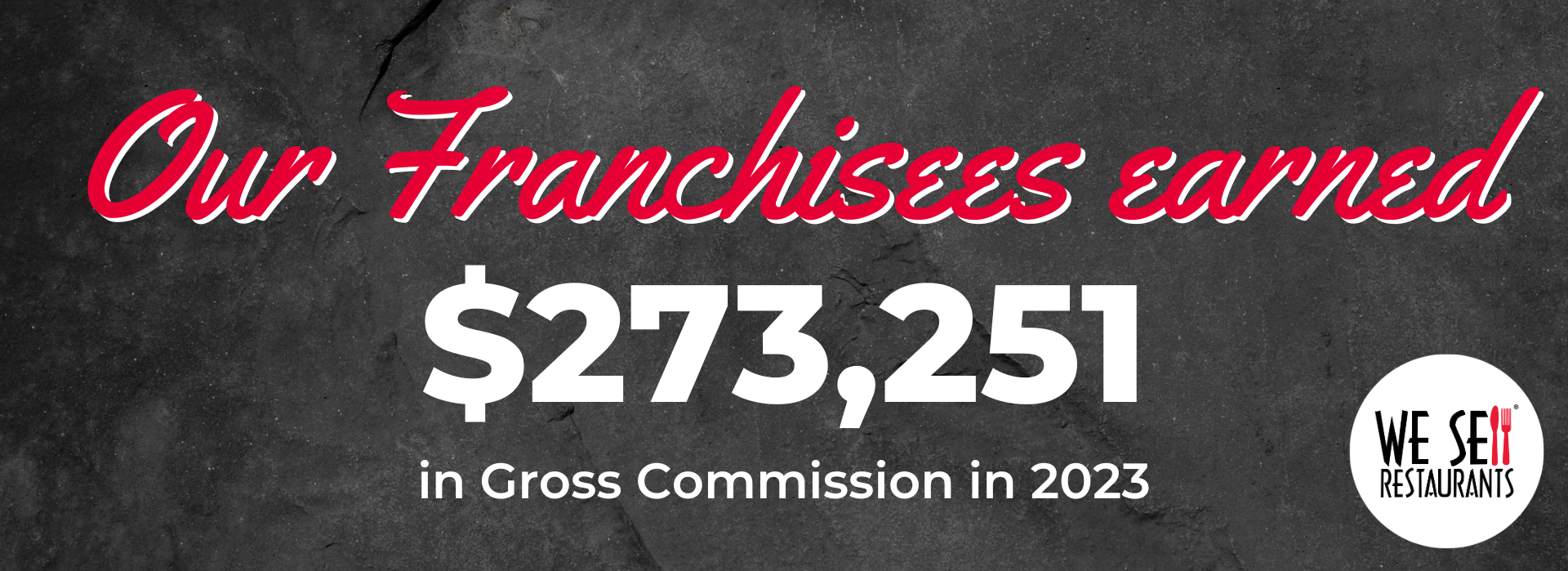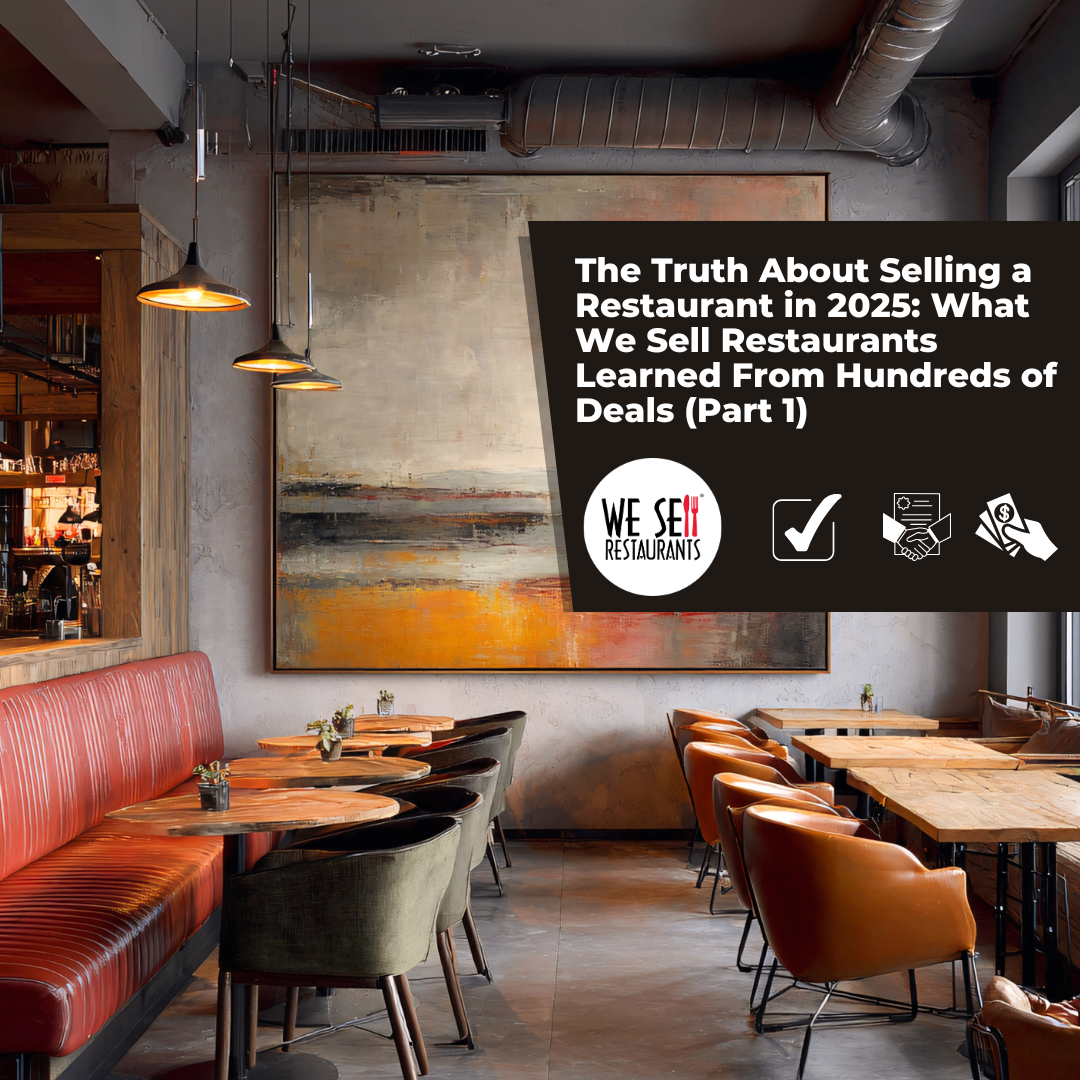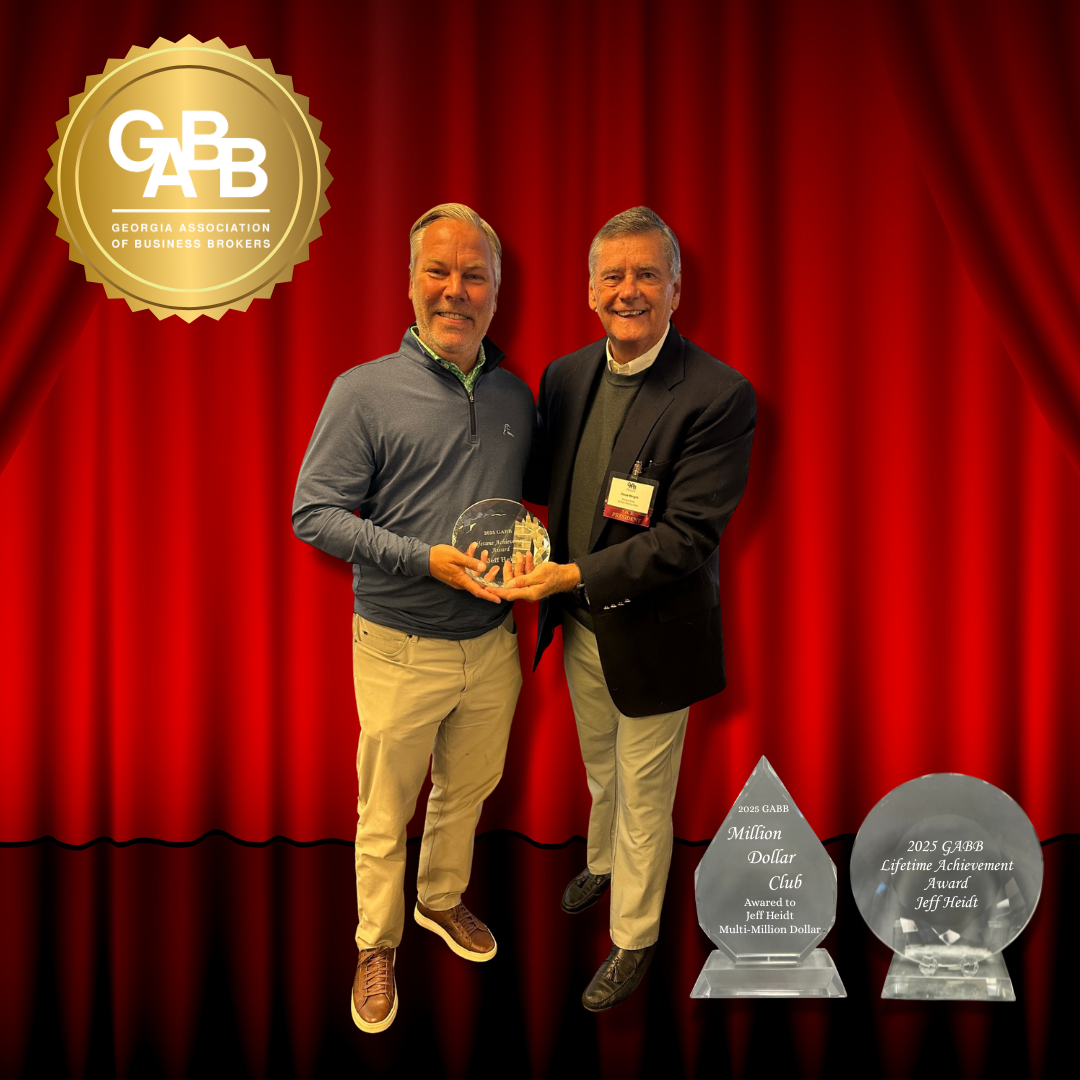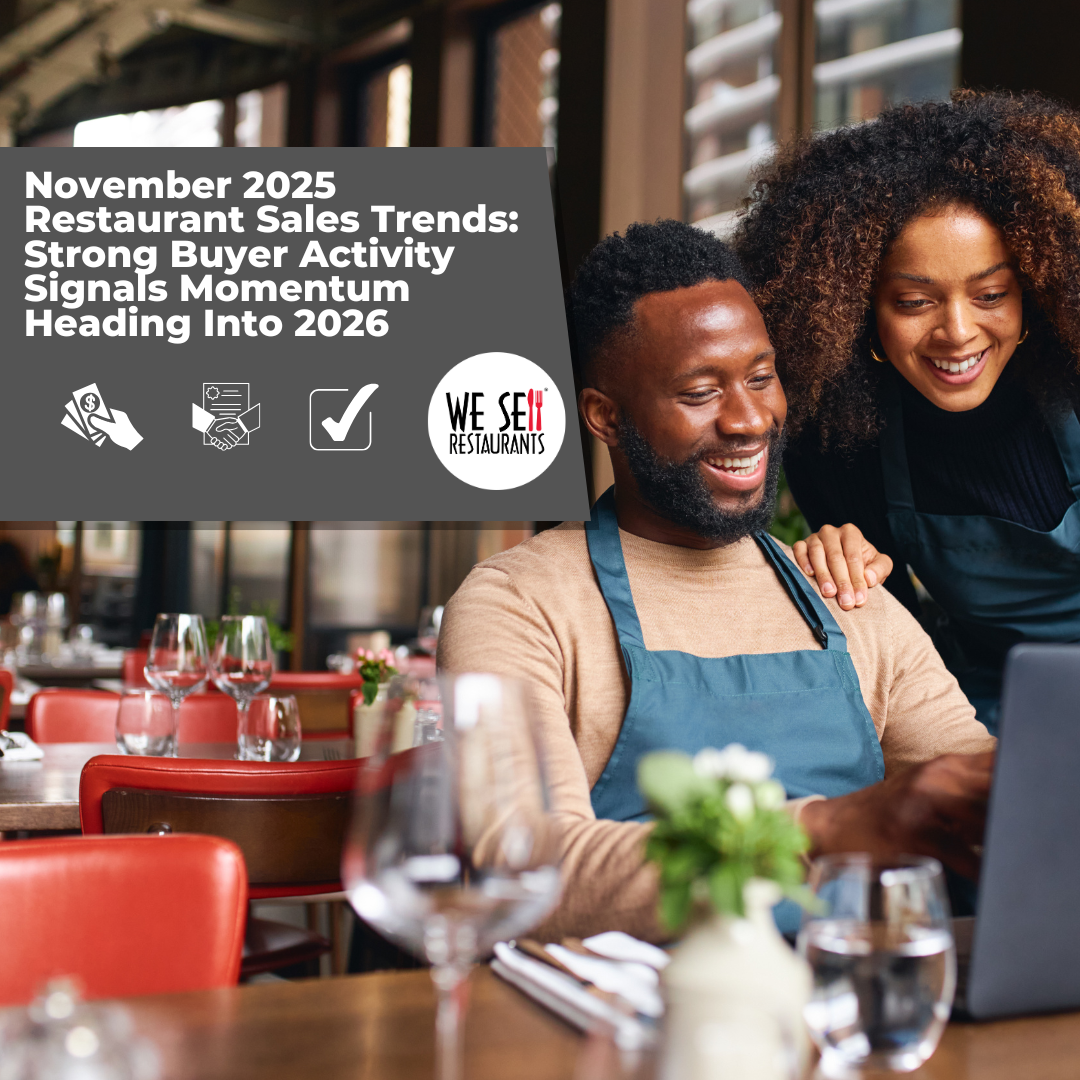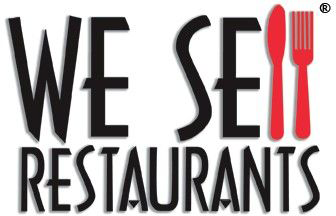How do you finance the purchase of a restaurant? It is common for many restaurant buyers to feel overwhelmed by the financial hurdles they face in buying a restaurant. However, despite fluctuating interest rates, many financing options remain available for restaurant buyers. This article explores the most effective strategies to find the funds you need for purchasing a restaurant.
Restaurant Financing Options
What are financing options? Essentially, it’s the process of leveraging money from alternative sources. This can range from loans from family and friends to a lengthy lending process. If you are seeking lending, here are the top choices.
SBA Loans – Primary Gateway to Small Business Lending
SBA loans are the cornerstone for most restaurant loans. They are the most popular and frequent form of financing a restaurant purchase. While the SBA does not lend money, they guarantee the lending for all banks in the United States. That means any bank can work with a restaurant buyer on lending.
That does not mean, however, that all banks are created equal. We recommend that restaurant buyers focus on banks identified as PLP, or part of the Preferred Lending Program of the SBA. Those are the only type of banks that We Sell Restaurants will recommend. PLP lenders have the authority to make credit decisions on SBA loans without having to wait for SBA approval. That means they underwrite locally at their branch, rather than submitting the loans across the country and waiting for approval.
To qualify, a lender must demonstrate a history of efficiently processing and servicing SBA loans. They must also meet the SBA’s criteria for processing volume, meeting performance guidelines and have strong risk mitigation processing in place. It’s important for a restaurant buyer because it eliminates the amount of time waiting on credit decisions.
Partnering with banks that are part of the Preferred Lending Program (PLP) ensures faster, more reliable loan processing—avoiding the bureaucratic delays typical of non-PLP institutions. At We Sell Restaurants, we connect you exclusively with top-tier PLP banks, known for their efficiency and local decision-making capabilities. That’s why the Certified Restaurant Brokers at We Sell Restaurants will only provide you with PLP resources that we know have capable lending departments and local underwriters. It’s the difference between picking up the phone and calling someone to check in on the status of a loan versus waiting a month for a notice in the mail.
Pros and Cons of SBA Lending
One benefit of SBA lending is the relatively straightforward approach if you have a knowledgeable resource guiding the way. A strong Restaurant Broker who understands the process can guide you through an approval and funding in 60 days or less. If you go with a non PLP lender who’s shipping the work out, count on that time to double or even triple.
I worked with a buyer who insisted his trusted local banker could do an SBA loan for him. After months of delays, while the banker “learned’ at the expense of the buyer, the seller was ready to terminate the contract. We were able to move the loan to a qualified resource and keep the deal together, while closing in 45 days. Banks determine when closing occurs and sellers are not required to “extend” the contract waiting on your lending to come through if new offers are coming through. It’s important for restaurant buyers to understand the risk of using an untested resource.
The downside to SBA lending are the fees charged by the bank. There’s a guaranty fee that can be 1% or more of the loan, plus other up-front fees. These are paid over the life of the loan which is ten years for deals without real estate and 20 years for those with real estate.
This period over which the loan is spread when buying a restaurant is known as the amortization period. For businesses that do not include the real estate, the SBA will amortize the debt over a ten-year period. For deals that include both the restaurant and the real estate, the term can go up to twenty years, significantly lowering the monthly payment.
The business financials much meet the SBA lending requirements. That means it must have sufficient cash flow to service the debt based on the calculated monthly payment. Additionally, it must have enough cash flow to meet the needs of the buyer. After these two criteria are met, there must be a 25% cushion.
Rising interest rates have affected the ability of some deals to qualify under these criteria but there are still ways to get deals to fund despite higher interest rates. These include a higher down payment, or a seller note for a portion of the loan. Both reduce the overall note payment. Typically, an SBA loan can be done with as little as 10% down but routinely require 15% or even 20% for some lenders.
The buyer’s requirements for SBA lending include legal residency in the U.S., a credit score of 650 or higher and a clean criminal background check without felonies.
→Read also: Buying a Restaurant with SBA Lending – What the Lender Needs
Unsecured Lending
If you are buying a restaurant without cash flow or something you will be converting from one concept to another, unsecured lending is an excellent option. In this instance, the lender is only looking at the individual borrower’s credit, not the business performance. If you have a history of paying your bills on time and a credit score north of 650, there are options for buying a restaurant with unsecured lending. A strong restaurant broker can recommend you to reliable unsecured lending resources.
Owner Financing or Seller Notes
When the seller acts as the bank and hold the note on the restaurant you are buying, that is referred to as seller financing, or a seller note. These are executed as contracts between the parties, should be prepared by an attorney, and often have the assets of the business as stated collateral. That means that if the buyer fails to pay the loan, the seller can take the restaurant back.
When you are asking the seller to finance the restaurant purchase, be prepared for a more significant down payment. This is negotiated between the parties, but it typically ranges from 30% to 50% down—much higher than for traditional bank lending.
The benefits for a buyer on seller financing are avoiding the wait, fees, and costs on bank lending. The seller takes on more risk and thus he may want a higher interest rate for his trouble. Sellers can use an attorney to draft the note, register it, and file a UCC lien on the equipment to secure his position.
HELOC – Home Equity Line of Credit
Another way to purchase a restaurant with lending is through the equity in your home. In the current high interest rate environment, a HELOC is generally at a low rate, relatively simple to obtain. Home values are at their highest levels in decades, so this is a great option for those with high equity but low cash reserves. The risk, of course, is that should you fail in the venture, you’ve cashed in your equity in your home.
Other People’s Money
Of course, all lending is about the use of other people’s money but there are angel investors, family, friends, and others who want to be part of the hospitality industry. Until you ask, you don’t know who would want to invest with you. Our warning about this type of lending, however, is that you carefully spell out the investment participation with the help of an attorney. You don’t want a business relationship to sour a friendship or impact your family.
3 Pro Tips for Securing Your restaurant Loan
Tip #1 – Evaluate Potential Listings:
Before working to secure a loan, start by assessing the cash flow and financial records of available listings to determine their lending eligibility. The cash flow of the business, quality of the books and records, and the lease and other variables will impact whether the business will qualify for lending and thus, which type of lending to seek.
Tip #2 – Boost Your Financial Health
Improving your credit score and reducing personal debt can significantly enhance your loan qualifications. From a personal perspective, you should check your credit score and pay down any debt, to address any issues that could impact your ability to borrow money.
Tip #3 – Leverage Expert Advice:
Ask for recommendations for lending. Your local Certified Restaurant Broker® will be able to share resources and make introductions to lenders that know the restaurant space and are making loans today. Connect with our Certified Restaurant Brokers who can introduce you to experienced lenders familiar with the unique demands of the restaurant industry
Frequently Asked Questions about Financing a Restaurant Purchase
Can you get lending in the U.S. as a resident of another country?
It is very difficult for those who are not legal residents of the United States to qualify for lending. It is not possible for SBA loans. For other loans, there are very limited resources primarily because there is no credit history on the individual.
How long does it take to get lending for buying a restaurant?
Our lenders can have decisions in as little as two weeks and fully fund deals in 60 days in most instances. Unsecured lending can be even faster.
How much down payment is needed?
For business only loans, we see the down payment range from 10% to 20%. With real estate, it is generally lower, around 10%.
Is Unsecured Lending available at high enough levels to buy a restaurant?
Our unsecured lenders can provide loans from $20,000 to $250,000 on a signature for well-qualified candidates.
Overall, navigating the strategies to buy a restaurant with lending can seem overwhelming but there are multiple options to fund your dream. With the right guidance, financial strategy, and a little perseverance, you can navigate the complexities of restaurant financing. Our team at We Sell Restaurants is here to guide you every step of the way.
For more information, visit: https://blog.wesellrestaurants.com/how-to-finance-a-restaurant-purchase
 Robin Gagnon, Certified Restaurant Broker®, MBA, CBI, CFE, is the co-founder of We Sell Restaurants, a brand that has carved an unparalleled niche in the industry as the nation's leading and only business broker franchise focused on restaurants. Under Robin’s leadership, We Sell Restaurants has grown to 45 states where it dominates the restaurant for sale marketplace, including franchise resales, delivering on the founder’s vision to Sell More Restaurants Than Anyone Else. We Sell Restaurants was named one of the most influential suppliers and vendors in the country by Nation’s Restaurant News and has earned a position on INC 5000’s list of fastest growing privately held companies. Franchisees of We Sell Restaurants surveyed by Franchise Business Review placed it 25th in the nation in franchisee satisfaction.
Robin Gagnon, Certified Restaurant Broker®, MBA, CBI, CFE, is the co-founder of We Sell Restaurants, a brand that has carved an unparalleled niche in the industry as the nation's leading and only business broker franchise focused on restaurants. Under Robin’s leadership, We Sell Restaurants has grown to 45 states where it dominates the restaurant for sale marketplace, including franchise resales, delivering on the founder’s vision to Sell More Restaurants Than Anyone Else. We Sell Restaurants was named one of the most influential suppliers and vendors in the country by Nation’s Restaurant News and has earned a position on INC 5000’s list of fastest growing privately held companies. Franchisees of We Sell Restaurants surveyed by Franchise Business Review placed it 25th in the nation in franchisee satisfaction.
Robin is the Chair of the Women’s Franchise Committee of IFA and is a member of the IFA Board of Directors. She is also an MBA and Certified Franchise Executive (CFE) and has her CBI (Certified Business Intermediary) designation from the International Business Brokers Association. She co-authored Appetite for Acquisition, a small business book award winner in 2012 and contributes frequently to industry press appearing in Forbes, QSR, Modern Restaurant Management, Franchise Update, and others. She has appeared on The TODAY Show as a restaurant expert and Entrepreneur Magazine has named her to their list of the “Top Influential Women in Franchising.”
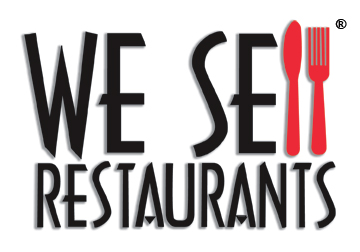
 404-800-6700
404-800-6700

